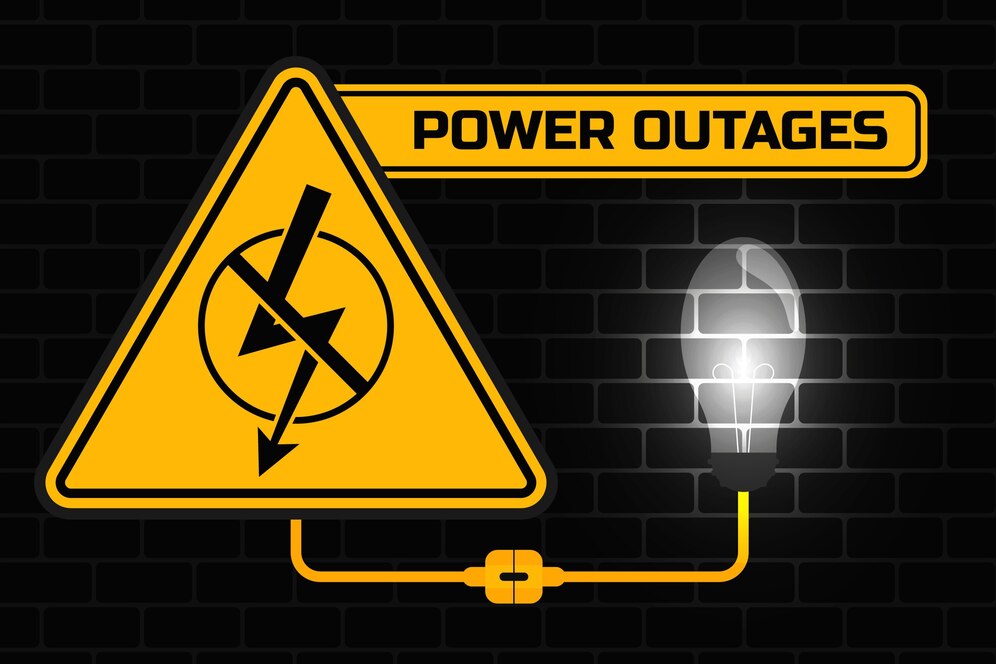Low Voltage Product CE Marking
Number: 2014/35/EU
Official Title of the Directive: DIRECTIVE 2014/35/EU OF THE EUROPEAN PARLIAMENT AND OF THE COUNCIL of 26 February 2014 on the harmonisation of the laws of the Member States relating to the making available on the market of electrical equipment designed for use within certain voltage limits.
Description: The Low Voltage Directive covers all electrical equipment and components designed for use with a voltage rating of between 50 and 1000 V for alternating current and between 75 and 1500 V for direct current. The Directive defines which products fall within its field of application, it provides the essential (safety) requirements that electrical equipment and components covered by it must comply with, and it outlines the conformity assessment procedure the manufacturer must apply in order to ensure compliance with the essential requirements.

The Directive applies to all electrical equipment designed for use with a voltage rating of between 50 and 1000 V for alternating current and between 75 and 1500 V for direct current. Voltage ratings refer to the voltage of the electrical input or output, not to voltages that may appear inside the equipment.
The term “electrical equipment” is not defined in the Directive. Therefore it is to be interpreted according to the internationally recognised meaning of this term. The definition of electrical equipment in the “International Electrotechnical Vocabulary of IEC” (International Electrotechnical Commission) is:
“item used for such purposes as generation, conversion, transmission, distribution or utilisation of electrical energy, such as machines, transformers, switchgear and controlgear, measuring instruments, protective devices, wiring material, current-using equipment.”
The scope of the Directive includes both electrical equipment intended for incorporation into other equipment and equipment intended to be used directly without being incorporated.
Examples of products within the scope of the LVD Directive:- Socket outlets 230 V for domestic use.
- Luminaire plugs and socket outlets for domestic use.
- Appliance couplers -plugs, -outlets.
- Appliance couplers for industrial purposes.
- Appliance couplers e.g. vehicle heater i.e. manufacturer fabricated standards.
- Cables.
- Components.
- Cord extension sets Plug + cable + socket outlet with or without passive components.
- Cord sets and interconnection cord sets Plug + cable + cord set.
- Installations enclosures and conduits.
- Multiple travel adaptors.
- Multiple travel adaptors with supply (e.g. charger for mobile phones or music player).
- Plug with one or more socket outlets with incorporated electronic dimmer or twilight dimmer.
- Product with integrated plug and/or outlets. 230V for domestic use (e.g. charger for mobile phones, night lights).
- Switches for households and similar fixed electrical installations.
- Voltage detectors.
Electronics such as network equipment are covered by the Low Voltage Directive (2014/35/EU).
- Specialised electrical equipment, for use on ships, aircraft or railways, which complies with the safety provisions drawn up by international bodies in which the Member States participate.
- Electrical equipment for use in an explosive atmosphere.
- Electrical equipment for radiology and medical purposes.
- Electrical parts for goods and passenger lifts.
- Electricity meters.
- Plugs and socket-outlets for domestic use.
- Electric fence controllers.
- Radio-electrical interference.
The Low Voltage Directive places the responsibility to perform conformity assessment on the manufacturer: the manufacturer performs the conformity assessment and documents the assessment in his own right. Typically, the conformity assessment entails visual inspections and tests in accordance with European harmonized standards. Where the manufacturer is not able or willing to do the assessments himself, he may involve third party bodies. There are no special requirements for these bodies. However, the manufacturer may want to ensure the body has competence regarding the tests and assessments it conducts.
Testing and inspection of electrical and electronic equipment according Directive (2014/35/EU).
Are you making available electrical equipment or any other products covered by Directive 2014/35/EU in the EU market? In that case, your product may need to comply with the CE rules. Hopefully, this article has provided you with the guidance to get started.
We understand that the requirements can be complex. The process is daunting and rather intimidating, considering that all your efforts may be in vain if you don't get it right. We will be happy to help. We offer consulting and coaching solutions and can tailor our services to your specific needs.
Contact us on dymer.global@gmail.com or +91 9518903685
